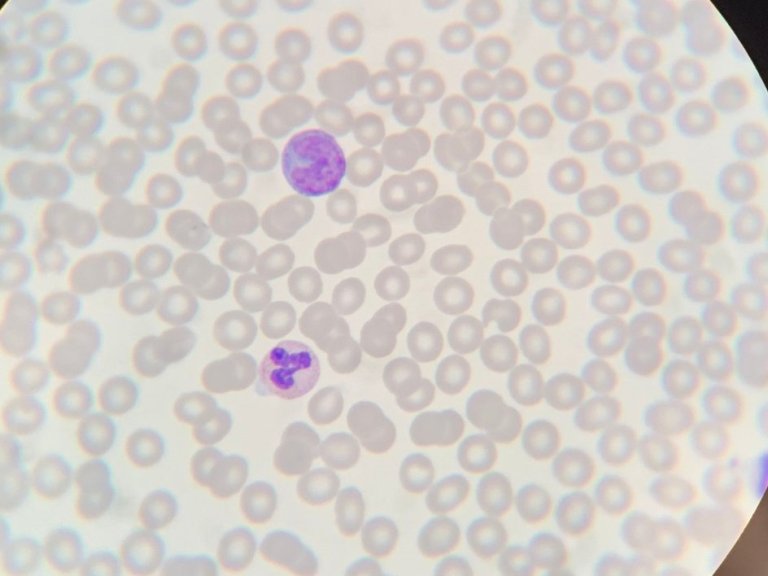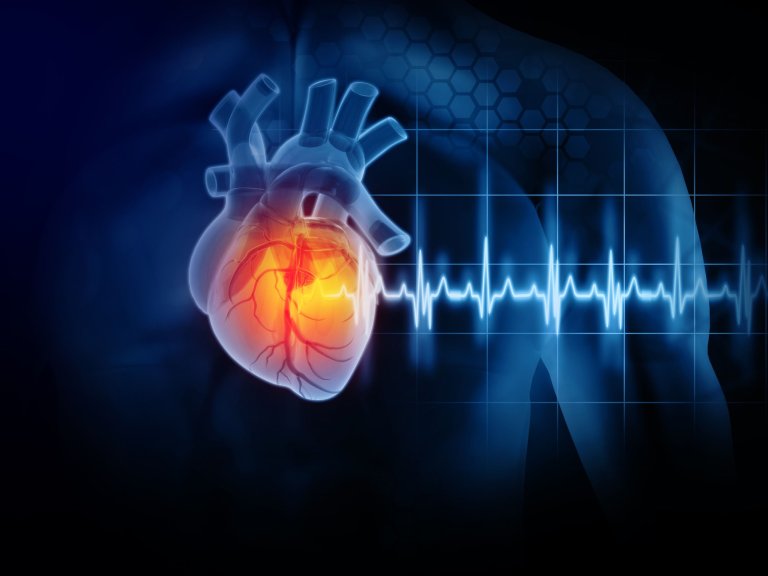Top athletes are only human, with all their strengths, but also with all their weaknesses. At some point, in their career, they are likely to encounter problems, both physical and mental, that may undermine their performance. The best athletes are united in the sports team that represents the Netherlands internationally at the highest level: TeamNL, part of sports umbrella organisation NOC*NSF. There and with their clubs, elite athletes have been supported by doctors for decades and as sports medicine has increased in professionalisation, some medical specialists have been asked to become High-Performance Partners (HPP) of TeamNL.
Orthopaedic surgeon Gino Kerkhoffs has been working with the International Olympic Committee (IOC) for over ten years now. "My job as an orthopaedic surgeon is to find solutions for people who need to keep moving. And then the top athlete is the one who challenges the most. That's what makes this target group interesting: it always has to be solved yesterday, and then never come back tomorrow," says Kerkhoffs. The elite sports trauma research group specialises in what are called the "lower extremities": ankles, knees, muscle injuries. "And in the 'puzzle cases': we look at that as a team, together with radiologists, among others," he adds.
Always in a hurry
Running, twisting, jumping or colliding are often to blame for the injury that has brought someone to Amsterdam but who exactly? "That's private. The great thing for the athletes is: they can come here anonymously. We get about 250 top athletes here every year. That's quite a few, we are well-known, even abroad," says Kerkhoffs.
A non-exercising patient wants to be back to his old self as soon as possible but top athletes are in an even greater hurry. "When I started, we had patients come in every morning at 6:30 a.m. Then I checked them out, they got an MRI at 7 o'clock. At 7:30 a.m., they went back to orthopaedics; Then we had a diagnosis and a treatment plan in place," says Kerkhoffs. And even now, orthopaedics and sports medicine are given athletes who come extremely early in the day, just to be treated as quickly as possible. "It's always in a hurry. For a top athlete, that whole story has to be fixed within a week. But as a doctor, you have to stay calm, stick to the quality you want to deliver, and then help as quickly as possible. We need to be one hundred percent sure what is going on; I think that's one of our secrets. And then make a good plan in which you have a small role, the patient is in the lead, and the team around it is well coordinated," he adds
When the top athlete has been treated, he or she has to get back to work as soon as possible: "When a footballer returns to the field, you still have a few steps to go from return to training to returning to playing, to returning to performing. That footballer has to get back to the level he was at before the injury – plus a little bit better." The entire process of real rehabilitation requires a great deal of effort from everyone involved, Kerkhoffs emphasises.
Prevention is better than cure
"We also have prevention programs. That is the background of our IOC centre: treatment, prevention and research. In the clinic we get to know the athletes when they have an injury. This is where the role of 'secondary prevention' lies: to prevent things from going wrong again. From child psychiatry, cardiology, radiology, orthopaedics and traumatology, we teach coaches, performance trainers, physiotherapists and top sports doctors," says Kerkhoffs.
Thanks to Amsterdam UMC's leading position in this field, a lot of patient knowledge is received that can be used for research. "Ankle cartilage and ankle sports injuries make up more than fifty percent of the research. Our database contains the data the cartilage of 2070 people. This is the largest database in the world. And our database on muscle injuries is one of the leading databases in Europe," adds Kerkhoffs
Ultimately, all of the knowledge and experience gained from top athletes are very useful for the other patients, "The other patients benefit from the know-how we gain through professional sports medicine. The multidisciplinary aftercare after an operation is also a priority for the other patients. Take, for example, people who receive a very special prosthesis here, such as cancer patients with leukaemia. In doing so, we can make good use of the knowledge we have acquired. In this way, our top-level sports medicine also has an important social function," says Kerkhoffs
Guidelines for the diet of elite athletes
Pediatrician Annemarie van Bellegem is another of the eight Amsterdam UMC doctors who work with TeamNL. To be precise, on their diet. Since 2013 she has been working on guidelines for the eating pattern of top athletes within NOC*NSF.
Van Bellegem specialises in eating disorders and anorexia. Not the first problem that comes to mind when thinking of healthy top athletes, but that is a misunderstanding. "For athletes, their body is their 'tool'. Eating disorders are therefore more common there than in the regular population. In top sport, it's often about performance and performance; In doing so, the body is actually subordinated to that higher purpose," says Van Bellegem. You can see this, for example, in sports in which aesthetics play a role, such as dancing and gymnastics, adds Van Bellegem. But also, in sports in which participants are weighed for weight classes, such as boxing, judo, rowing.
Eating disorders are often seen as weakness
The idealised image of the top athlete should not include a person who has problems deep inside. "Mental problems are sometimes taboo. Eating disorders are often seen as a weakness. So, if you come out with your eating disorder in top sport, it can have consequences: you may not be selected by the coach. This gives athletes good reason to keep such a disorder hidden," says van Bellegem.
In the daily training setting, Van Bellegem does not work so much with the top athletes themselves. Her task is mainly to care for younger top athletes with eating disorders, as well as for their environment: people who help to take care of their health, such as sports doctors, coaches and physiotherapists. "It's the group around an athlete who has to signal that there are problems."
Van Bellegem also finds it interesting to collaborate with doctors from other disciplines, such as sports doctors, gynaecologists, cardiologists, dieticians and psychiatrists. "By joining forces, you notice that you can really make a difference," she concludes
- GIno Kerkhoffs, Orthopedic Surgeon
- Annemarie van Bellegem, Paediatrician
- Harald Jørstad, Sports Cardiologist
- Arthur Wilde, Cardiologist
- Evert Verhagen, Epidemiologist
- Lisette 't Hart-Kerkhoffs, Child and Youth Psychiatrist
- Mario Maas, Radiologist
- Ursula Klumpers, Psychiatrist
Amsterdam UMC's High Performance Partners
Photo: Mark Horn




